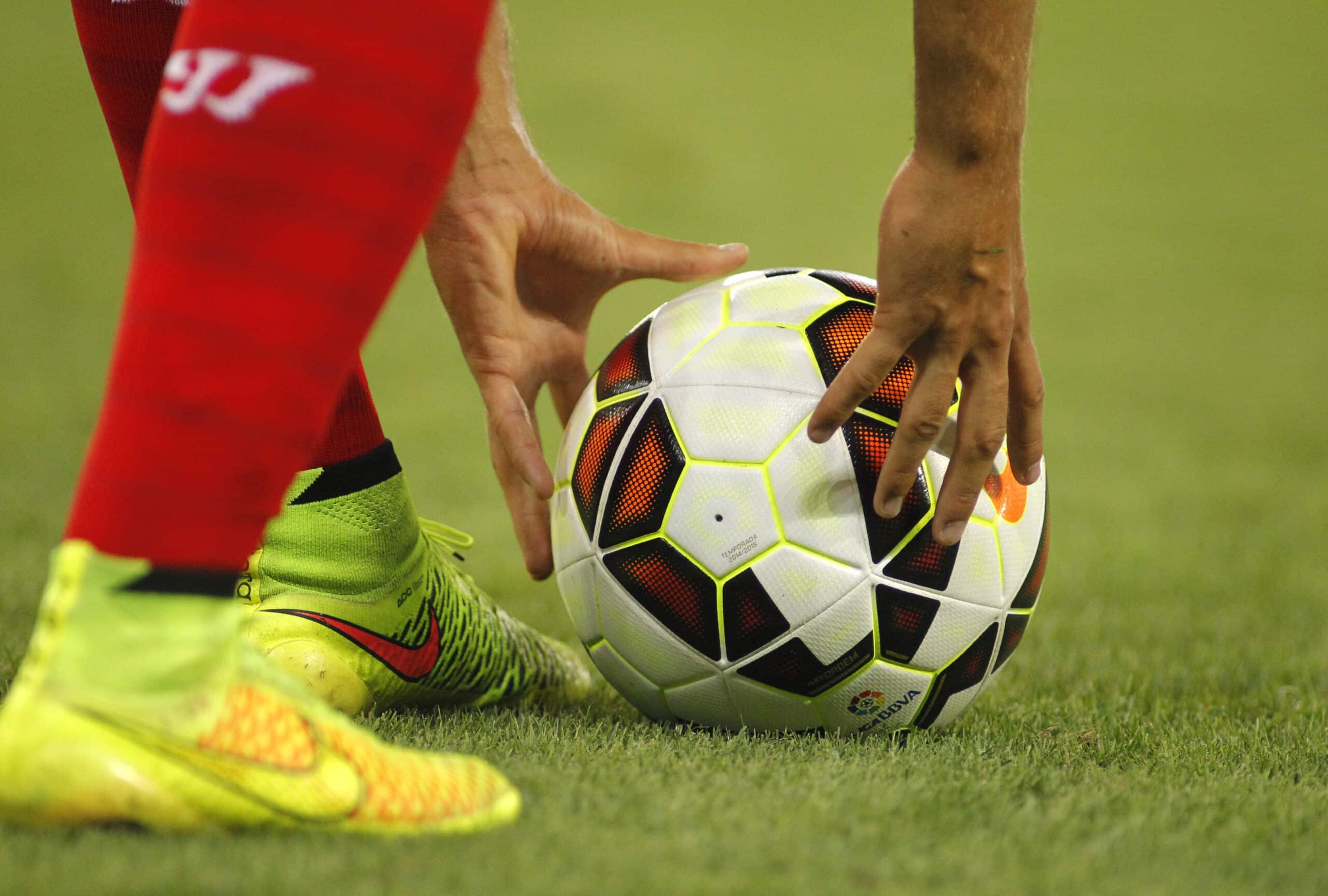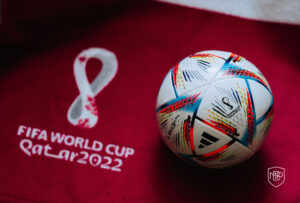This week, at the MBP School of Coaches, we are going to explain the importance of set pieces in the current game.
It has always been said that football was composed of four phases, consisting of attacking, defending and the two transitions, attack-defence and defence-attack.
This traditional view excluded set piece moments as an external part of the game. However, in recent years, the inclusion of them as a fifth phase is gaining more and more momentum.
One of the main reasons for the inclusion of set pieces as a part of the football game cycle has been its impact in the increase of goals scored through these situations.
In today’s game, there is more and more fouls, which means that the chances of scoring goals through free kicks, whether they are near, wide or even far, have multiplied.
In addition, another aspect to highlight is that these game situations are easy to train and difficult to defend, as the attacking player normally starts from an advantageous body position in contrast to the defender.
Another example that demonstrates the influence set pieces can have was in the 2018 World Cup in Russia. Once the tournament was over, we were able to extract a series of very significant statistical data that exemplify the importance of these actions.
-
42% of the tournament’s total goals came from set pieces.
-
15 teams out of 32 scored goals from set pieces.
-
9 of England’s 12 goals at the tournament came from set pieces.
-
There was a total of 68 goals in the 62 matches played.
Therefore, seeing the impact that these actions can have, at the MBP School of Coaches, we consider it essential to include them as another phase of the game.
Now that we have established the idea, we must determine what composes a set piece for MBP?
-
Kick off: Action taken from the centre spot to start the match, the second half or restart play after a goal.
-
Corner kick: Action that occurs when the ball goes past the end line and the last team to touch it has been the team defending the goal on the same side.
-
Throw in: Action taken with the hands to restart play when the ball goes out of bounds on one of the sidelines.
-
Free kicks: The action of restarting play when the referee signals a foul of some kind, except when the foul occurs inside the penalty area.
-
Penalties: Infringement committed inside the penalty area punishable by a penalty kick from 11 metres (penalty spot).
-
Goal kick: The action of restarting play when the ball goes out of bounds on the end line, and the last team to touch it was the team attacking in that direction.
These 6 actions represent the set piece phase. Each of them has a different objective, an advantage or disadvantage to the rest and a way of getting the best possible return from them.
In conclusion, set pieces have always been a differential element, not only in today’s football, but also throughout history. Goals such as the one scored by Carles Puyol in the semi-finals of a World Cup, taking Spain to the final in 2010, or the goal scored by the Brazilian full-back Roberto Carlos from a free kick in 1997, will always be remembered by fans.
For this reason, at MBP, we have launched a new course where we will share all our knowledge so that you can become specialists in set pieces and make history in your teams.
For more information click here.








